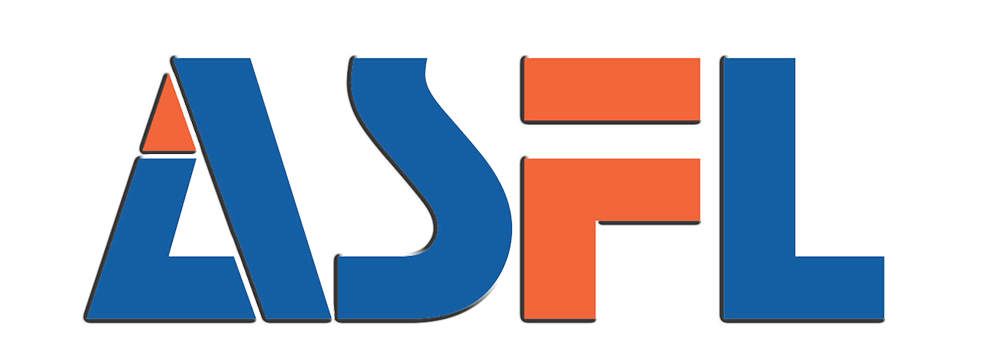The Isobaric Filling Method: Maintaining Pressure to Control Foam
Carbonated drink filling machines rely on precise pressure control to prevent foam formation, a challenge rooted in the physics of dissolved CO₂. By maintaining equilibrium between the liquid and container, modern systems achieve spill-free fills while preserving carbonation levels.
Why Foaming Occurs During Carbonated Liquid Filling
Foam forms when CO₂ rapidly escapes solution due to sudden pressure drops exceeding 0.5 bar (Ponemon 2023). As carbonated liquid moves from pressurized holding tanks to atmospheric conditions, this pressure differential triggers violent bubble nucleation. Temperature fluctuations beyond ±2°C worsen the issue by altering CO₂ solubility during transfer.
How Counter-Pressure (Isobaric) Filling Prevents CO₂ Release
The isobaric method equalizes pressure between beverage tanks and containers through a three-stage process detailed in iBottling's carbonation preservation study:
- Pre-pressurization: Containers receive CO₂ gas matching the beverage's pressure (typically 2−3 bar)
- Liquid transfer: Liquid flows upward through submerged nozzles without displacing gas
- Controlled venting: Excess gas vents through dedicated channels at 0.2 bar/second
This pressure-matched environment keeps CO₂ in solution, reducing foam formation by 73% compared to atmospheric filling.
Optimizing Fill Pressure and Counter-Pressure Systems for Minimal Turbulence
Advanced machines use real-time pressure mapping to maintain ±0.15 bar variance between product and container. Dual-pressure sensors adjust valve positions every 0.05 seconds, enabling laminar flow velocities below 1.2 m/s. When paired with 4−6 stage depressurization cycles, these systems reduce post-fill bubble nucleation by 89% while achieving 99.4% fill accuracy.
CO₂ Solubility and Backpressure: Preserving Carbonation During Filling
The Impact of Sudden Pressure Drops on CO₂ Retention
A drop as small as 0.3 bar can cause up to 15% carbonation loss (Ponemon 2023). Modern filling systems counteract this by maintaining near-constant backpressure, keeping CO₂ dissolved. Sensors detect deviations as minor as 0.05 bar and automatically adjust valves to stabilize pressure.
How Temperature and Pressure Balance Affect Foam Formation
CO₂ solubility depends on tightly coordinated temperature and pressure. Optimal ranges include:
| Parameter | Ideal Range | Effect on Carbonation |
|---|---|---|
| Liquid Temperature | 2°C − 4°C | Increases solubility by 25% |
| Fill Pressure | 2.0 − 2.5 bar | Prevents nucleation sites |
Research shows improper thermal management accounts for 63% of foam-related spillage incidents in beverage lines.
Maintaining Optimal Backpressure to Prevent Spillage and Loss of Fizz
PLC-controlled systems dynamically regulate counter-pressure using real-time viscosity and gas-volume data. Pre-pressurization achieves 96% CO₂ retention—compared to 85% in non-pressurized systems—by equalizing headspace pressure before liquid entry. This approach cuts foam rejection rates from 12% to 3% at production speeds of 24,000 bottles per hour (BPH).
Advanced Filling Valve Design and Bottom-Up Filling Technology
Problems with Traditional Top-Down Filling: Splashing and Agitation
Pouring carbonated liquids from above creates turbulence that destabilizes dissolved CO₂. This agitation increases bubble nucleation by up to 40% (Journal of Food Engineering, 2023), leading to excessive foaming. Liquid impact also causes splashing, contaminating bottle necks and requiring post-fill cleanup.
How Submerged (Bottom-Up) Filling Minimizes Foaming
Modern machines use submerged nozzles that fill containers from the bottom up, maintaining consistent backpressure via a dual-channel system:
- Gas return valves gradually displace air without pressure drops
-
Isobaric control chambers synchronize tank and bottle pressures within 0.1 bar
By eliminating free-fall, bottom-up filling reduces CO₂ breakout by 63% compared to top-down methods.
Innovations in Nozzle Design and Flow Dynamics for Foam Suppression
Tapered nozzles with precision-bored outlets (3−5 mm diameter) optimize laminar flow, reducing fluid velocity by 25−30% without sacrificing speed, as outlined in the 2024 Beverage Engineering Report. Additional features include:
- Anti-cavitation ribs inside nozzle walls
- Stepped pressure release during retraction
- Real-time viscosity compensation algorithms
These advancements enable foam heights under 15 mm even at 40,000 bottles/hour, setting new standards for high-speed carbonation retention.
Smart Sensors and Real-Time Monitoring for Consistent Foam Control
Detecting Foam Variability Caused by Process Fluctuations
Temperature shifts or inconsistent syrup viscosity alter foam behavior during filling. According to a 2023 Food Production Automation Report, beverage lines using real-time monitoring reduced spillage by 60% versus manual inspection. These systems track key variables like viscosity (10−15 cP) and CO₂ levels (4−5 g/L), flagging anomalies before foam escalates.
Using Smart Sensors for Instantaneous Foam Detection
Capacitive sensors detect foam layers as thin as 3 mm with 99.7% accuracy, triggering emergency venting in under 0.2 seconds. Optical sensors using near-infrared wavelengths (850−1555 nm) distinguish stable liquid surfaces from unstable foam, adjusting detection thresholds (±5%) based on beverage type such as soda or sparkling water.
Automated Adjustments via Feedback Loops to Regulate Fill Speed
When overflow risk is detected, PLCs instantly modulate nozzle aperture (15−25 mm adjustments) and reduce flow from 50 L/min to 30 L/min. This “soft-stop” protocol preserves carbonation integrity and prevents overpressure, helping retain 85−90% of dissolved CO₂ during high-speed operations.
Balancing Filling Speed and Turbulence in High-Speed Production
Modern carbonated drink filling machines must balance maximum throughput with minimal foam generation. Through precision engineering and adaptive controls, advanced systems deliver high-speed performance without compromising carbonation quality.
The Trade-Off Between Fast Filling Rates and Foam Generation
High-speed operations risk turbulence that accelerates CO₂ release. While equipment can reach 36,000 bottles/hour (LinkedIn 2024), exceeding optimal flow velocities disrupts pressure equilibrium. This agitation reduces dissolved CO₂ by 12−18% compared to slower, controlled fills.
Controlling Flow Rate to Reduce Agitation in Carbonated Beverages
Top manufacturers employ three core strategies to stabilize flow:
- Precision nozzle designs for smooth liquid entry
- Adaptive flow sensors adjusting speeds ±5% with viscosity changes
- Backpressure stabilization maintained at 1.8−2.3 bar
Together, these reduce bubble nucleation by 40% compared to fixed-speed systems, according to carbonation stability research.
Stepwise Acceleration and Soft-Start Technologies in Modern Machines
Next-generation fillers use graduated acceleration curves instead of immediate full-speed operation. The "ramp-up" phase:
- Limits initial flow to 60% of maximum capacity
- Reaches target speed in 0.8-second increments
- Reduces turbulent kinetic energy by 33% at bottle entry
This enables production rates of 28,000 bottles/hour with fewer than 0.5% overflow incidents, proving that speed and precision can coexist in carbonated beverage filling.
FAQs
What is the isobaric filling method?
The isobaric filling method is a technique used in carbonated drink filling systems, where pressure is maintained between the beverage and container, preventing CO₂ escape and reducing foam.
How does temperature affect carbonation during filling?
Temperature affects CO₂ solubility in liquids; improper thermal regulation can lead to increased foam formation and carbonation loss.
What strategies are used to minimize foaming in high-speed production?
Strategies include precision nozzle design, adaptive flow sensors, and backpressure stabilization to control the flow and reduce bubble nucleation.
Table of Contents
- The Isobaric Filling Method: Maintaining Pressure to Control Foam
- CO₂ Solubility and Backpressure: Preserving Carbonation During Filling
- Advanced Filling Valve Design and Bottom-Up Filling Technology
- Smart Sensors and Real-Time Monitoring for Consistent Foam Control
- Balancing Filling Speed and Turbulence in High-Speed Production
- FAQs





